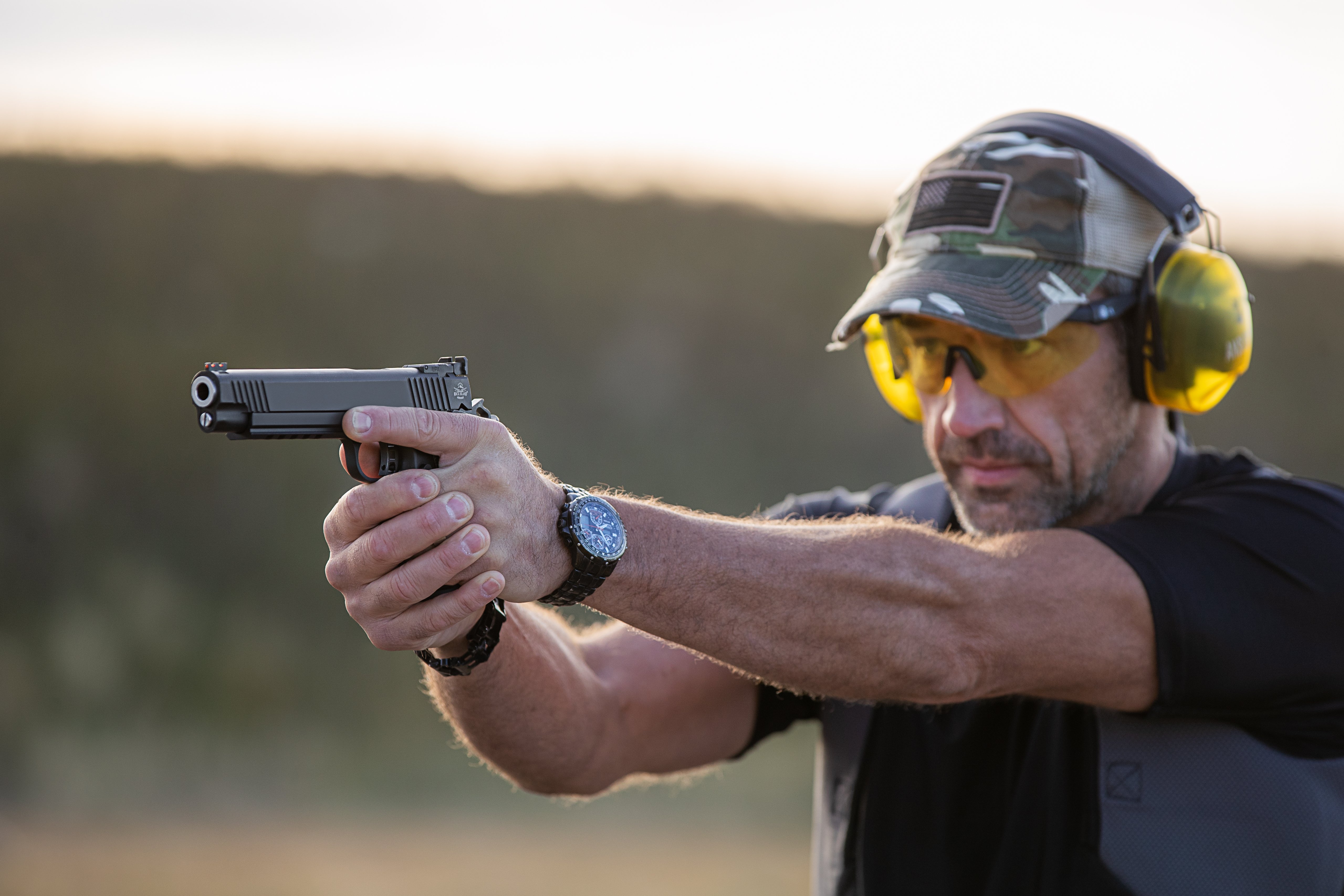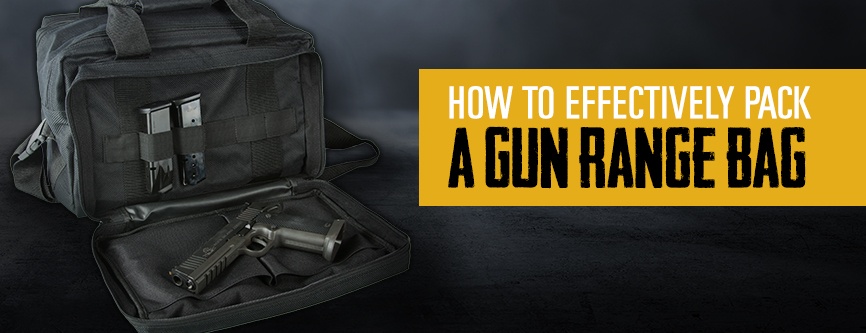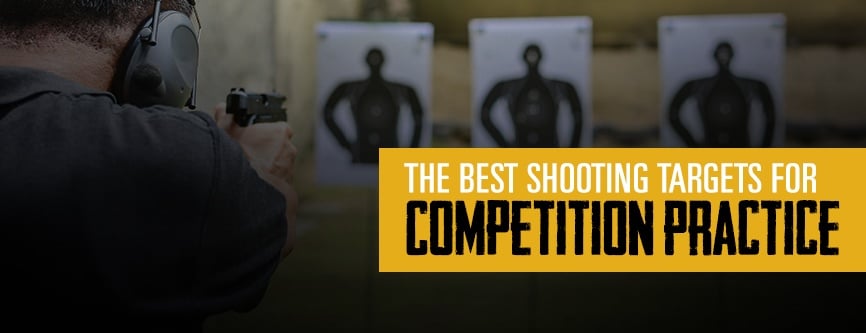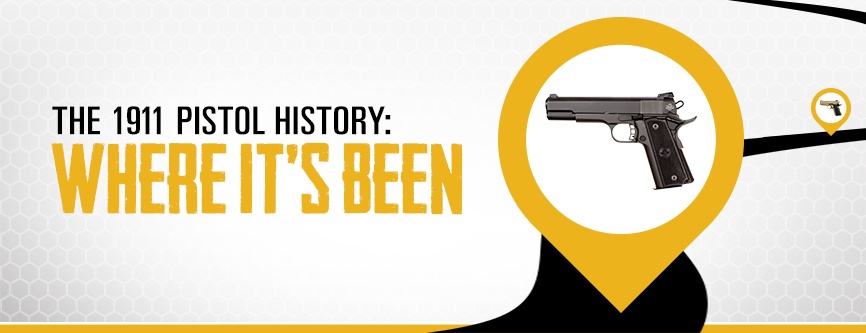Beginners Guide to Expert Firearm Manipulation - Pt.1
Posted by Team Armscor on May 8, 2023 5 Minute Read

To have the strongest foundation possible when it comes to handling a firearm, you have to start literally from the very moment you touch the gun. How you pick the gun up and how you hold it throughout the entire process can make or break your accuracy, recoil management, reload malfunction, clearing and safety. Whenever I'm starting to instruct someone that is an absolute beginner; I always start with how to hold the firearm in their strong hand.
Getting a Grip on Your Firearm
The primary grip with your strong hand is one that might seem uncomfortable to begin with, however, once you get used to it, anything else will feel different and uncomfortable. Your strong hand should be as high up on the grip as physically possible which is why extended beaver tails seemed to be so popular, as they keep your hand from the potential of slide bite. The other reason you want your hand to be as high up on the grip as physically possible has something to do with the laws of physics.
If you think about a tire iron, we get the most leverage when we have our hands as far away from the center point as possible. This allows the same amount of force to be applied yet the amount of torque is significantly increased due to the leverage that you create by having your hands as far away from the center point as possible. Yet, when it comes to firearms, we want the exact opposite effect: We want our hands to be as close to that pivot point that is created when the slide begins to reciprocate to the rear to minimize the amount of torque that it can apply to our hands and wrists through recoil.
Once we've established the grip is high up as possible, we're going to align our index finger to the side of the frame or slide so that it is completely clear of the trigger or trigger guard. Your middle ring and pinky finger will wrap around the grip under the trigger guards and your thumb will be as high as possible without interfering with the slide. This should be always considered “home” for your strong hand. The only time we may have to adjust this grip is during the process of reloading as you may have to shift the gun slightly in your hand in order to reach the mag release. Other than that, this is home.
Handling Your Workspace
Now that we've covered how to hold the firearm with our strong hand, let's talk about our workspace and what that means. Anytime we are doing anything with the firearm as far as manipulation, we want to have it in, what I like, to call my workspace. This is an imaginary box that extends from my eyes down to my chest from shoulder to shoulder. I would dare to say that the box does not extend beyond two feet in front of me. In this workspace, I will do whatever manipulation is necessary to get the gun in a safe condition – or in a condition where it's ready to fire. Believe it or not, you use your workspace all the time without really thinking about it. Don't believe me? Let me prove it.
Think about the last time that you colored a picture with your kids. When you were coloring those pictures, did you have the piece of paper so far away from you that it required your arms to be fully extended? Did you have the piece of paper sitting on the floor while you were sitting in a chair? More than likely you put the paper in a position where you could have a comfortable and relaxed posture throughout the process of coloring the picture, and then, when you really had to focus on the fine details, you probably even got a little closer to the paper and your coloring hand. You were literally working within your workspace!
Now, think about the times that you've seen people or maybe you yourself try to insert the magazine into a gun while your arms were almost fully extended in front of you. Did that feel comfortable? Were you accurate? I'm going to assume that the answer to both of those questions is no. By using this imaginary box as your workspace, I guarantee that your ability to manipulate the firearm will be exponentially easier and more efficient than if you were to attempt any firearm manipulation outside of this workspace.
Check out part two of our beginners' guide to firearm manipulation where we look at the physics and manipulation of the firearm.




